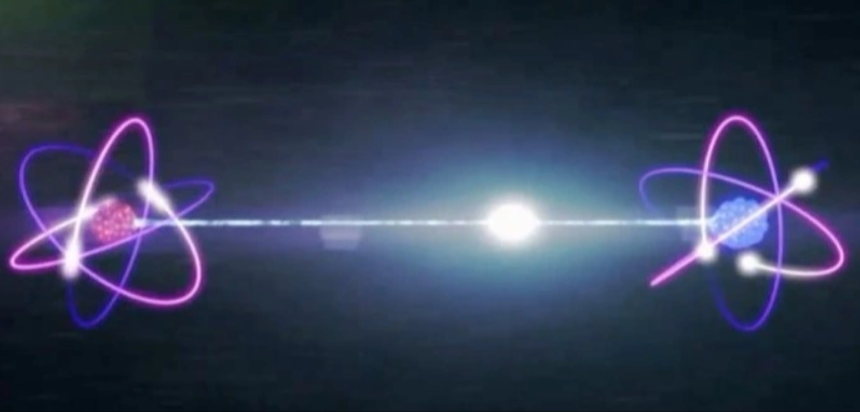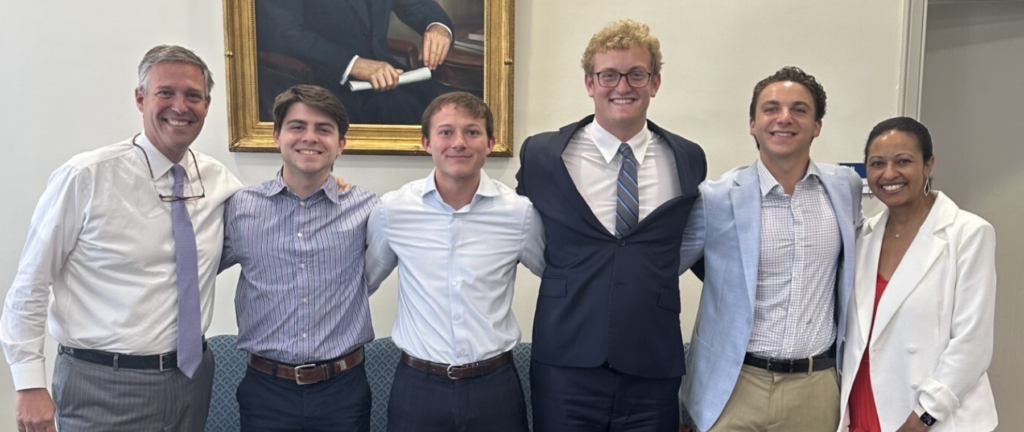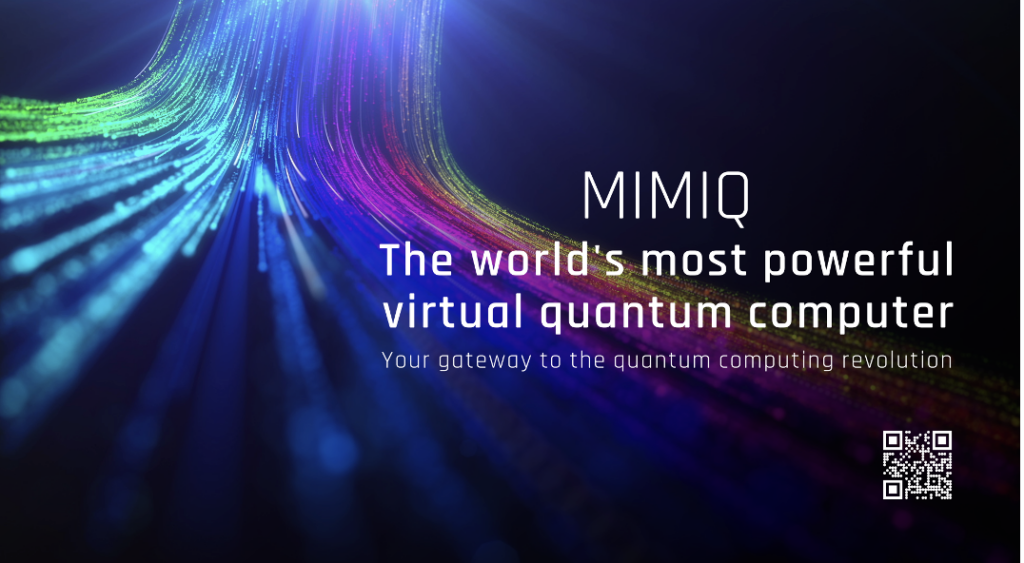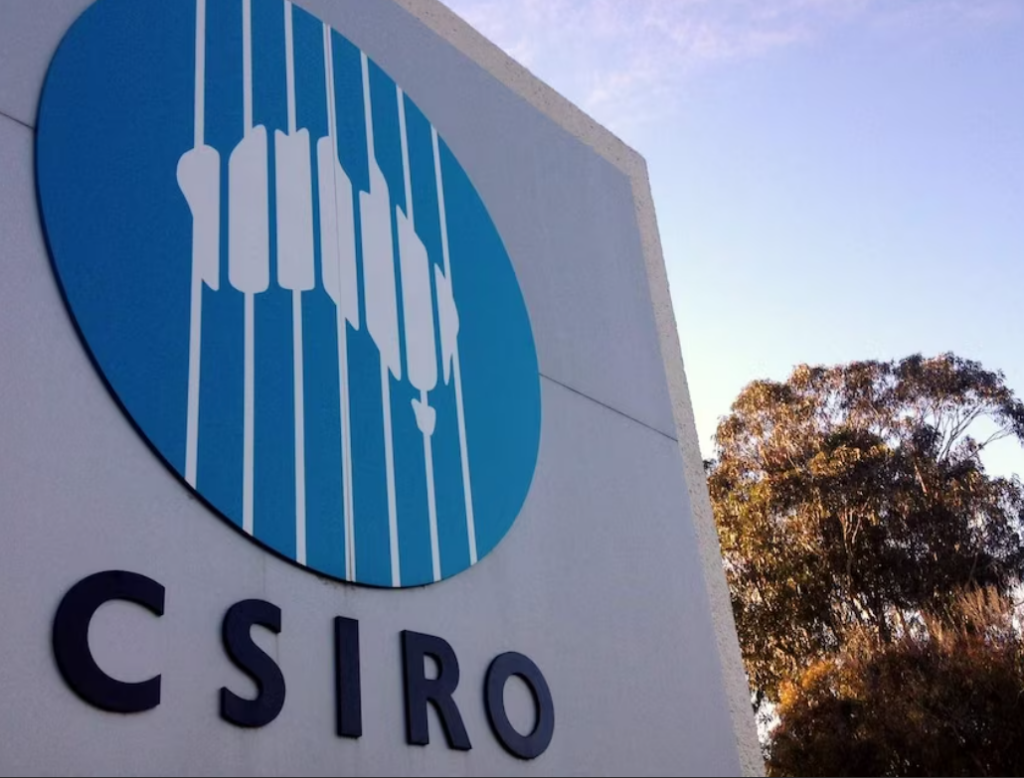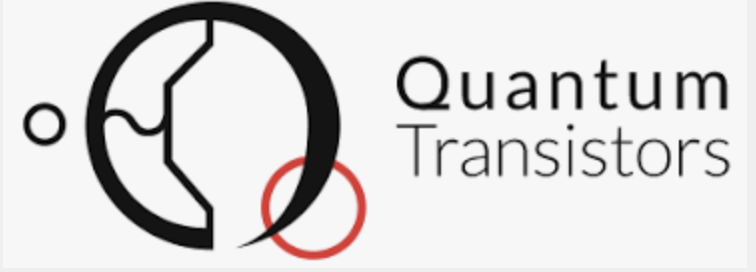Faster Than Light?
Known as FTL, faster-than-light travel and communication is the theory that matter (or information) can travel faster than the speed of light. According to Einstein’s special theory of relativity, however, nothing in nature can travel faster than the speed of light except for photons, which possess zero rest mass.
Nevertheless, the hypothetical particle called the tachyon — named by particle physicist Gerald Feinberg in his 1967 paper titled “Possibility of faster-than-light particles” — has been theorized to exceed the speed of light. Yet, its mere existence as a phenomenon would contravene causality and mean that time travel was indeed possible, a claim the general scientific community professes as unfeasible as a hypothesis.
With the basic theory described as to the faster-than-light conundrum, this, then, brings us to the topic at hand: what is quantum entanglement communication and how is the faster-than-light travel theory connected to quantum communication?
What Exactly is Quantum Entanglement Communication?
To really understand quantum entanglement-based communication, one should first understand what quantum entanglement is. First put out there by Einstein, Podolsky and Rosen as “spooky action at a distance”, which has its roots in the argument about quantum entanglement and quantum superposition first developed in the 1920s and 1930s, entanglement infers the phenomenon that communication occurs instantly. Put simply, it is when two particles are bound together no matter the physical distance between them.
Even so, though quantum particles that are entangled appear to interact with each other instantaneously — no matter the distance and thus moving at the speed of light — modern science’s understanding of quantum mechanics interprets that it is impossible to transmit data using quantum entanglement. And it is here that a stumbling block lies in a robust and workable model of quantum entanglement communication. To be able to transmit or communicate information, you must send data, and this is impossible using quantum entanglement. If it’s true, though, and quantum entanglement communication becomes possible one day, its applications could have far-reaching effects on things like sensing technology and secure information transfer.

The French physicist Serge Haroche, one of the winners of the 2012 Nobel Prize in physics for trapping and manipulating individual particles while preserving their quantum nature, was interviewed in October 2022 in El Pais. When asked the question what Alain Aspect, John F. Clauser and Anton Zeilinger’s joint 2022 Nobel Prize win for “experiments with entangled photons, establishing the violation of Bell inequalities and pioneering quantum information science, means for quantum communication, his answer was expectantly informative:
“[…] Basic features of entanglement have been explored for 40 years, trying to demonstrate what happens when photons remain connected by that immaterial link called entanglement even when they’re kilometers away. At that time there was no application for that experiment. It took 20 years until experiments like ours showed that it’s possible to manipulate isolated quantum systems. Now, quantum communication has become very fashionable and has been improved. Now people will believe that it could be useful for something.”
Making the case stronger, in January of this year, researchers in India demonstrated that photon entanglement in a “certain continuous-variable basis revives itself as the photons propagate away from their source”, which could be applicable for sending quantum information securely over long distances for some of the said applications above.
See also: What is Quantum Computing? [Everything You Need to Know]
What does Quantum Communication Mean for Cybersecurity?
There is little doubt that quantum technology will have a huge impact on cybersecurity and cryptography. Already, we can see government agencies across the globe preparing enterprises for “Q-Day”, a time when quantum computers will be able to use Shor’s algorithm to break all public key systems that use integer factorization-based cryptography.
As a procedure, quantum communication entails encoding information in quantum states, called qubits, rather than in the classical binary tradition of “zeros and ones”, taking advantage of the special properties of these quantum states to guarantee security. Most commonly, photons are used for this.
Quantum Key Distribution (QKD) is a proven theoretical security that is future-proof yet requires trusted nodes for long distances. Presently, a single QKD link is limited to a few 100 km with a sweet spot in the 20–50 km range. Work on quantum repeaters and satellite-QKD is ongoing to extend the range. On the downside, full lifecycle costs are not yet known but there are increased hardware integration costs which could turn out to be prohibitive.
On the other hand, post-quantum cryptography (PQC) is another approach to future security issues that doesn’t leverage quantum entanglement. Coming in lattice-based, code-based, hash-based, super-singular isogenies, and multivariate-quadratic, PQC security is still questionable. On the upside, however, this does come with long distance as the algorithms operate at the software layer.
Other constraints of this approach are that the software demands increased memory and/or time requirements and, similar to QKD, the costs of implementation are still unknown, though PQC algorithms do have the advantage here, as a chip-based approach to quantum security technologies costs are evidently falling and will continue to do so.
You may also like:
- Quantum Computing Companies: A Full 2024 List
- 3 Most Important Advantages Of Quantum Computing
- The Mysteries Of Quantum Teleportation Explained
Conclusion
As it stands, strides are being made in quantum technology and research which is boosting the possibility that one day in the future quantum entanglement-based communication will become a reality, aiding communication and cybersecurity and bringing us to a new technological epoch, as the continued research by physicists in quantum entanglement — the best example so far the 2022 Nobel Prize-winning trio of Aspect, Clauser and Zeilinger — is helping us move in that direction.
Until then, we will just have to keep our fingers crossed and wait for Feinberg’s important tachyon to show up.
Featured image: Quantum entanglement By Ishdasrox (Own work) [CC BY-SA 4.0 (via Wikimedia Commons)]
For more market insights, check out our latest quantum computing news here.


